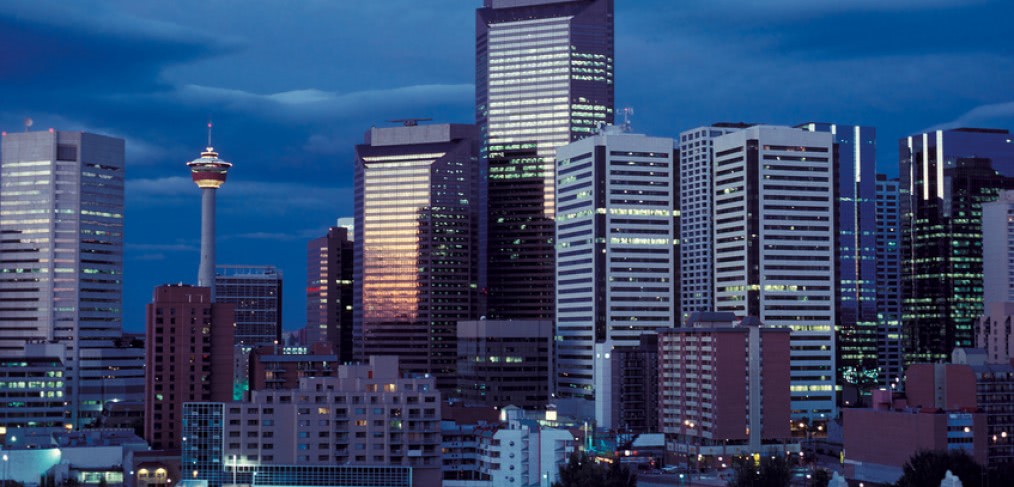
Raising the Bar?
What can the architecture industry learn from the modern day culinary hot spot?
After many years since my last visit, I recently returned to Calgary in Canada with a Canadian colleague serving as my local tour guide. During my time there, I got reacquainted with the city and dined at some remarkable restaurants where I was truly surprised at the quality that I found. Everyone loves to boast about their heritage and favorite hometown haunts. “You’ll love this place!” “The food is so much better there than here!” I constantly hear these musings from friends and colleagues when referring to preferred local eateries.
As a self-proclaimed culinary connoisseur, I always make time to sample local cuisine an essential part of any trip. Most cities around the world have their own specialty foods, and during this trip I discovered that Calgary has a way about it when it comes to meat that I have never witnessed in the United States. Lamb, beef and pork all cooked with the proper sear and doneness that really does beg to be the top North American spot for a meat lover to find his glory. Foodie fandom aside, the thing that really caught my attention was the top-notch class, style and individuality of these culinary hot spots, something that U.S. eateries strive to attain but all too often fall short on achieving.
In conversations with locals, clients and colleagues about the modern Calgary dining scene, it seems that the offspring of top chefs and food aficionados have all branched out on their own to create one-of-a kind experiences. Each new splinter from a restaurant or hotel has found a new and creative way to bring in customers, consequently leaving its own unique footprint on the city. Isn’t this what’s supposed to happen with business worldwide? Not just competition, but utilizing marketplace rivalry as a driving force to create better products, better experiences and better results? They’ve done it in Calgary, and the result is success.
This concept begs the question: Why doesn’t this happen in other service industries such as the hotel or architecture industries? In Calgary, this new business model has not only changed the dining scene, but has sparked a new sense of vitality throughout the entire city. Does creating another trendy hotel brand in a new market raise the bar? Does designing a super-tall skyscraper in Dubai raise the bar? In most cases, probably not. The only thing that will help to advance the industry will be an approach to our endeavors that transcends style and size and truly has our communities in mind. While we’ve made progress, there’s still more work to do. Each new restaurant, entertainment district and hotel must be delineated from one another by judging its impact on the entire environment. Our new designs must become enriching and placemaking landmarks for cities around the world. In fact, it seems that for the architecture industry, there’s no bar to raise – it’s really about turning a corner.
All images via Google

